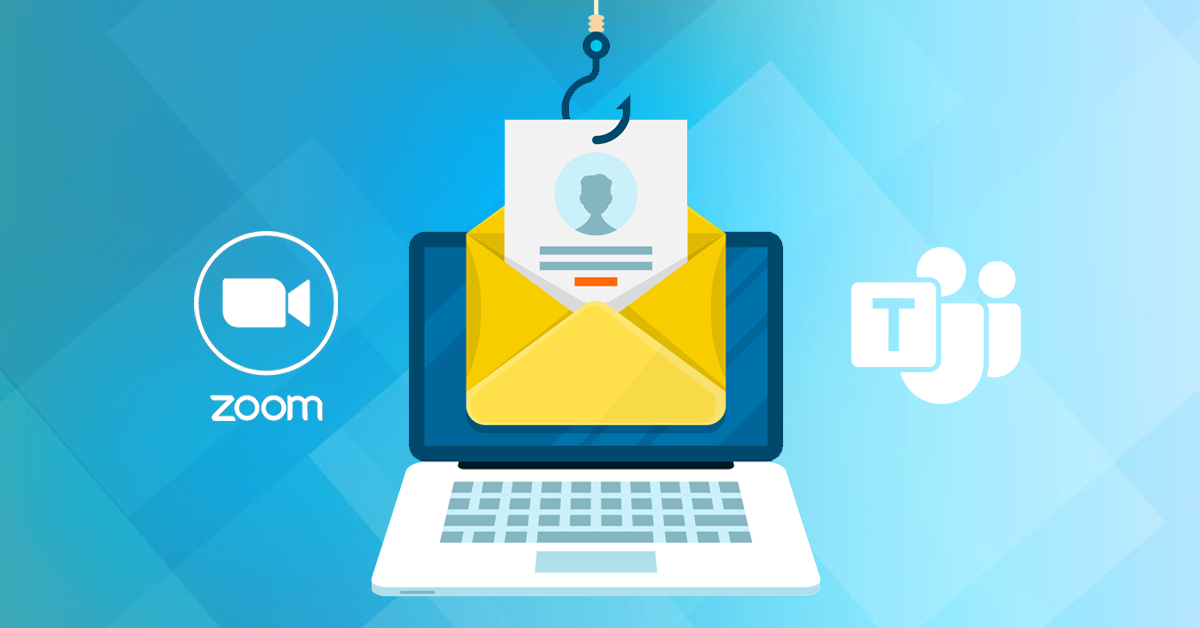Industries We Serve
World Class IT Support & Service
Real People. Right Now.
About Locknet® IT Services
From the first hello, the Locknet® team is dedicated to serving you and your needs.
Real People. Right Now.
From the first hello, the Locknet® team is dedicated to serving you and your needs.


Remote workgroups have learned to lean on Microsoft Teams and Zoom as platforms for connecting during the pandemic; rest assured, cybercriminals have taken notice. Since the pandemic, Microsoft Teams and Zoom phishing attacks have skyrocketed, so it's essential for your workforce to know how to recognize Zoom phishing emails and other phishing attempts. If you fail to educate workers on how to spot and thwart a phishing attack then your company's data and capital could be at risk.
Scam artists are often quick to capitalize on the latest business tools by leveraging the trust of your employees. Spotting a Zoom phishing email or any phishing email is vital to your network security, particularly as workforces are increasingly dispersed. The experts at Locknet Managed IT have pulled together four tips to help your employees spot a Zoom phishing email or other phishing attempts.
Phishing attacks and other scams in the digital space are always evolving, often capitalizing on trends to catch users unaware. In times of great change, like we've witnessed during the pandemic, it can be easy for security training and education to be put on the back burner. But as the prevalence of these Microsoft Teams and Zoom phishing attacks shows us, it's essential to keep workers trained on how to spot security risks and how to protect your network even from the most sophisticated attack attempts. The security experts at Locknet Managed IT are here to help every step of the way. Whether you want the latest information on Microsoft Teams and Zoom phishing emails or other risks to your network, contact us for more information about how we can help keep your workforce at the ready, and cybercriminals at bay.

Onalaska, WI Waterloo, IA Wausau, WI Eau Claire, WI Burnsville, MN
You are now leaving locknetmanagedit.com. Please check the privacy policy of the site you are visiting.